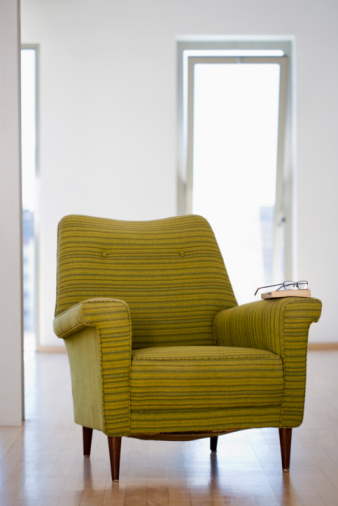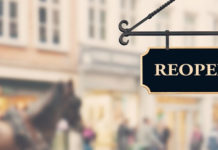By Rieva Lesonsky
Luxury isn’t what it used to be. A study on “The New Luxury” from market research firm IBISWorld reports affluent consumers are spending more-but their luxury purchases are a little less, well, luxurious.
These affluent consumers, says IBISWorld, are more price-conscious than they were pre-recession, so while they are “loosening their purse strings,” they “have opted for more subdued, conscientious and functional versions of luxury.”
Some industries have benefitted from this new focus, notably “flash sale” websites such as Gilt, Joss & Main, and One Kings Lane. Just the other day Fab.com, a design-focused flash sale site, raised $105 million in a new round of funding.
Of course, also reaping the rewards of this new focus are daily deal sites like Groupon and Living Social. In fact IBISWorld reports that while there were only four daily deal websites in 2007, there are nearly 650 today.
Last year I wrote about “frugality fatigue” and how Americans were starting to indulge again, but in smaller doses. This was reflected in the uptick in business experienced by (and IBISWorld’s statistics verify this) day spas and nail salons, which IBISWorld calls “nearly recession-proof” industries, and the emergence of new services like blow-dry hair salons. (We’ve written about those in previous TrendCasts, which can be found on our website.) Much of the increased business comes at the expense of higher-priced luxury spas.
Essentially, in this age of personalization (another hot trend), luxury is in the eye of the beholder. Consumers are “indulging” in lipstick, nail polish, organic food and “exotic” chocolate.
If you currently sell high-end goods, consider spinning off a lower-priced product line, or a daily price-breaking offering. All entrepreneurs need to realize that consumers want to spend less, yet not feel deprived.







